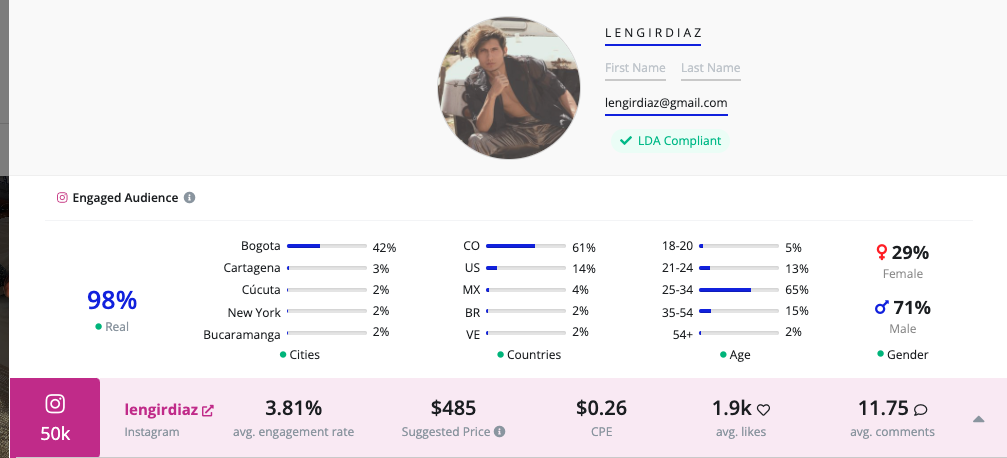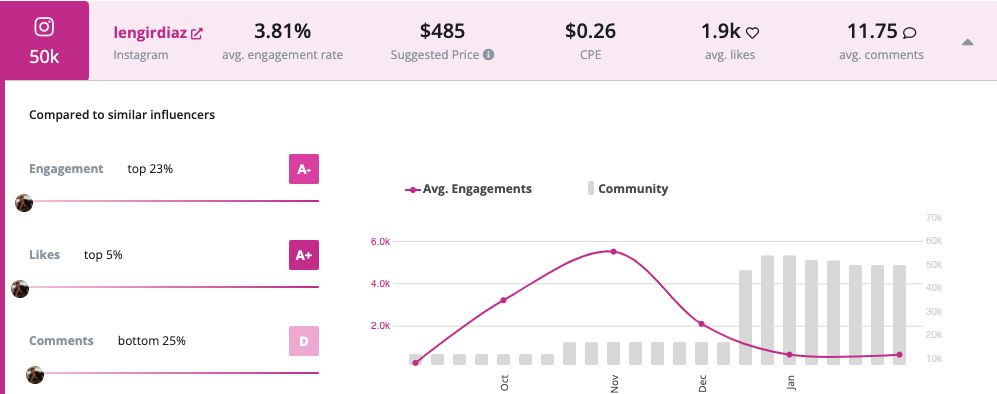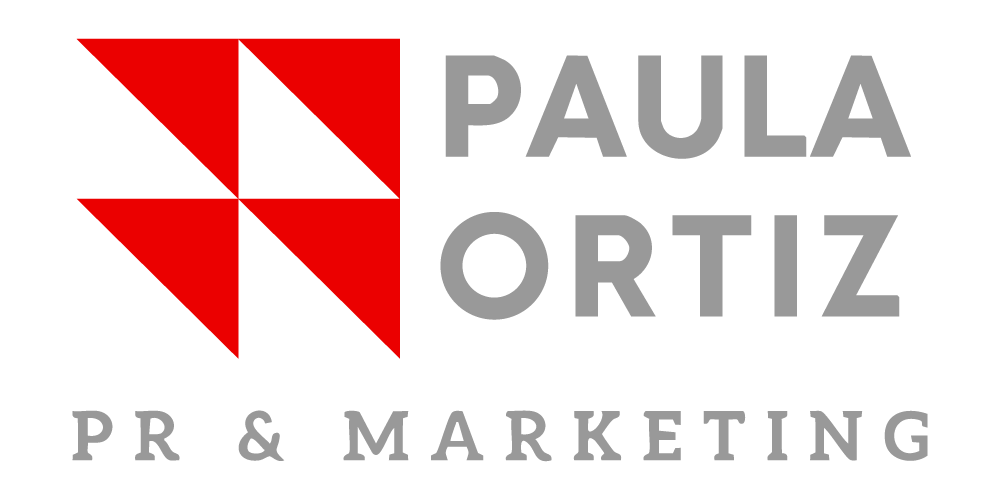Celebrity endorsement is one of the best marketing strategies to reach new audiences and improve brand equity. The influencer technique has been growing in different kinds of industries.
Influencer marketing could be powerful when has a goal, and the marketing team selects people that engage with the DNA brand. At that point, is always important to check the brand strategy, and align it with the objectives to find the ideal influencers.
According to Neal Schaffer, the influencer segment earn money based on the domain authority and unique monthly visitors. An influencer with low DA costs $75 per blog up to $5,500 for large blogs with high domain authority. Instagram costs $10 per post for every 1,000 followers. A YouTube video costs a minimum of $20 per thousand subscribers while a TikTok video costs $25 per 1,000 followers.
However, before planning based on the budget, is fundamental to check if the influencer fit in the conversation funnel because sometimes the influencers are overexposed, and their engagement rate is low. For that reason, I suggest taking these steps before choosing ,and influencer for your next campaign.
1. Check if the followers are real: Influencer Marketing is growing, and people from everywhere want to lead different topics. Nevertheless, fake influencers are around all markets. In Mitho, I’m into influencer marketing selection, which has around 5 influencers with more than 13 million followers.
After the client accept, he changed his mind about the pricing. At that point, I reroute the marketing strategy for micro-influencers. Their DNA brand is luxury training. For that reason, I have selected two influencers that I already check % of real followers.

As we saw in his metrics, their 98% engage audience is real, which can be a nice step to make a choice.
- Make sure of the engagement rate: Engagement is one of the most important metrics to define an influencer because that is the way that person connects with the celebrity.
To calculate an influencer’s engagement rate, total the engagements (likes + comments + retweets, etc.) across all the influencer’s posts on a particular profile (e.g., Instagram profile) then divide by the total number of followers and divide that by the number of posts (to get the per post average).
Also, we can find different tools to check their market share, the experts recommend watching if the metric is around 1% to 5%. In this case, This influencer has a lot of influence on his target. At this point is highly important to check that more than the number of followers sometimes doesn’t determine their campaign performance.

2. Make meaningful cobranding: Influencers can work in three different ways, cash, free, or cobrand. The first is related to money, free is to gain reach (this is useful for influencers that are starting in a market) or cobranding.
In my professional experience, is always mandatory to make fair cobranding, in that way the influencers feel that is a good deal. For this campaign, the cobranding will be 2 months of personal training+ 1 healthy market monthly supply for 3 stories, and 2 reels.
If we have a good pitch and benefits, is easier to segment the influencers, and reach better results at the end of the campaign.
3. Follow up the influencer presence in the industry over a year: People make changes, and for that reason is important to check the last publications and make a small work interview to determinate if the influencer is aligned with the brand.
After this step, you will choose better influencers that make visible your brand, and in a long time they will influence your loyalty brand perception in the market. Let’s connect in Linkedin.

